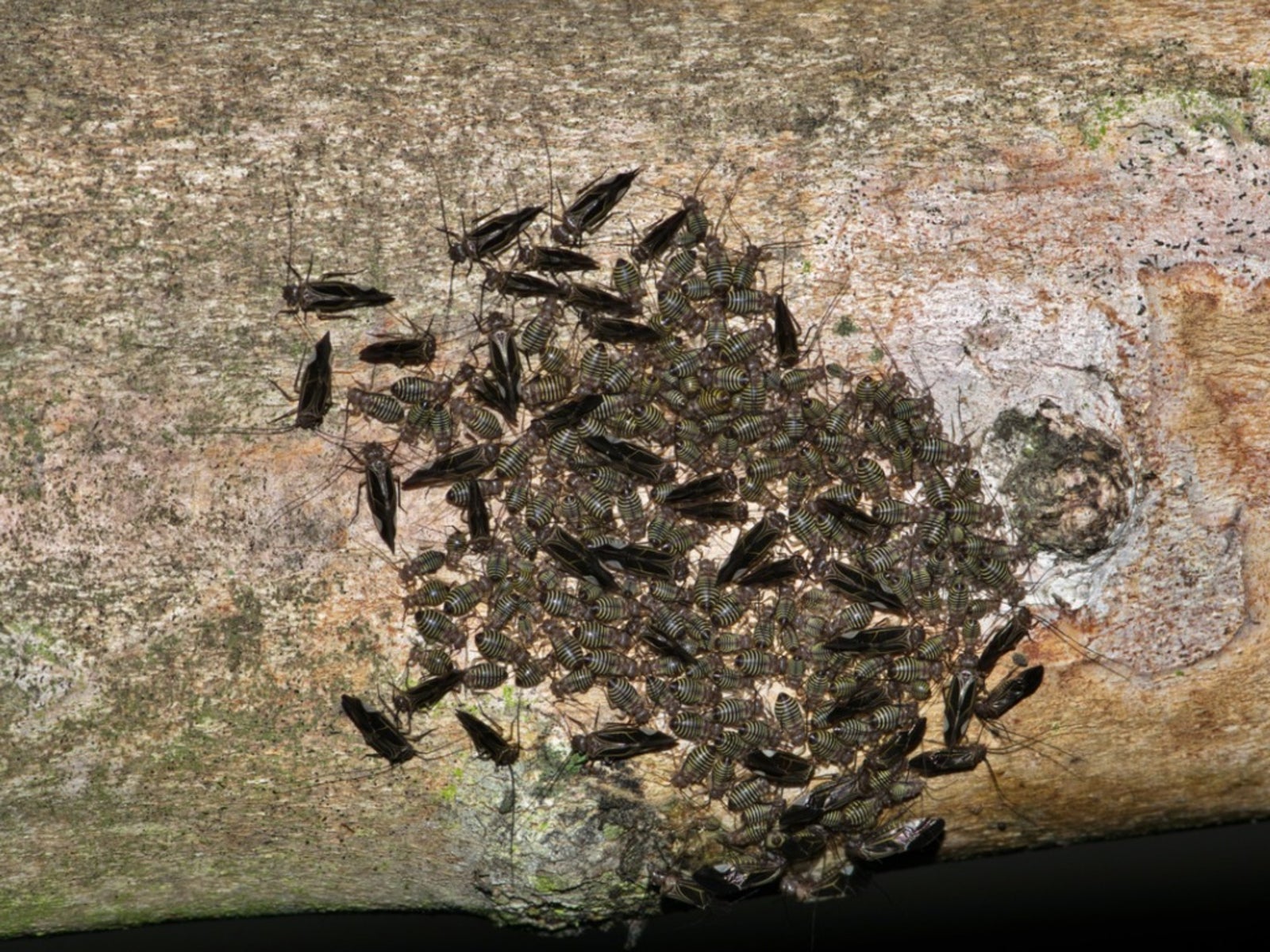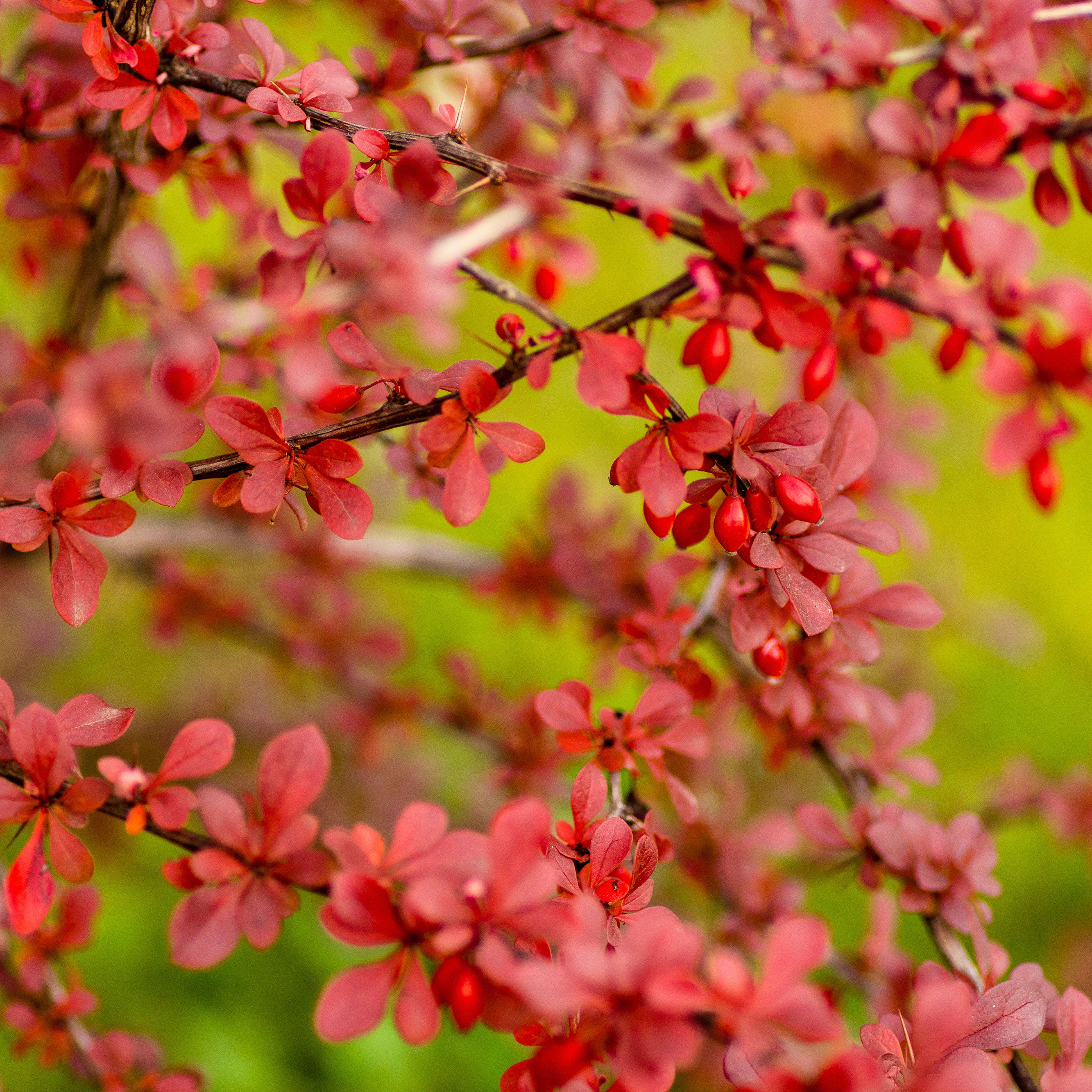Bark Lice Webbing - Information About Bark Lice In Trees

You've probably noticed bark lice webbing at one time or another in your trees. While unsightly, this often leads homeowners asking, “Do bark lice insects damage trees?” To find this out, as well as whether bark lice treatment is necessary, keep reading to learn more.
What is Bark Lice?
Many people raise an eyebrow when they think of a lice infestation. Bark lice is not the same as parasitic lice found on humans and animals. Bark lice are minute brown insects that have a soft body and are similar in appearance to aphids. They are not really lice at all and have probably acquired that name only because they are so tiny and hard to see. Adults have two pairs of wings that are held over the top of the body like a hood when not in use. These tiny insects also have a long and thin antenna.
Bark Lice in Trees
Bark lice live together in groups and are master web spinners. Back lice webbing, although unsightly, causes no damage to trees. The webbing can be extensive, covering the entire trunk of the tree and extending to the branches. While you may find some of the bark lice on other areas of the tree, they normally live in large communities within the silky this bark lice webbing.
Do Bark Lice Insects Damage Trees?
The lice do not actually hurt trees and are often thought of as helpful because they clean trees by eating things that your tree does not need like fungi, algae, mold, dead plant tissue, and other debris. Bark lice actually devour their silken webbing at the end of the season as well, completing their job as cleanup crew. Bark lice treatment is unnecessary, as these insects are not really considered pests. Some homeowners will spray a heavy stream of water on the webs to disturb the colony. However, since the insects are beneficial, it is suggested that they be left alone. Now that you know a little more about bark lice in trees, you can see that they are nothing to be alarmed about.
Gardening tips, videos, info and more delivered right to your inbox!
Sign up for the Gardening Know How newsletter today and receive a free copy of our e-book "How to Grow Delicious Tomatoes".
-
 Which Invasive Shrubs Should You Avoid Growing? Plus, Best Natives To Plant Instead
Which Invasive Shrubs Should You Avoid Growing? Plus, Best Natives To Plant InsteadCertain plants may look lovely but they can wreak havoc to local areas and native wildlife. Here are the key invasive shrubs to avoid – with recommendations on gorgeous native alternatives to try
-
 What Not To Plant With Tomatoes: 8 Bad Neighbors That Could Ruin Your Harvest
What Not To Plant With Tomatoes: 8 Bad Neighbors That Could Ruin Your HarvestNot all companion plants are beneficial – some can sabotage your tomatoes. Find out which ones to keep at a safe distance in the garden.